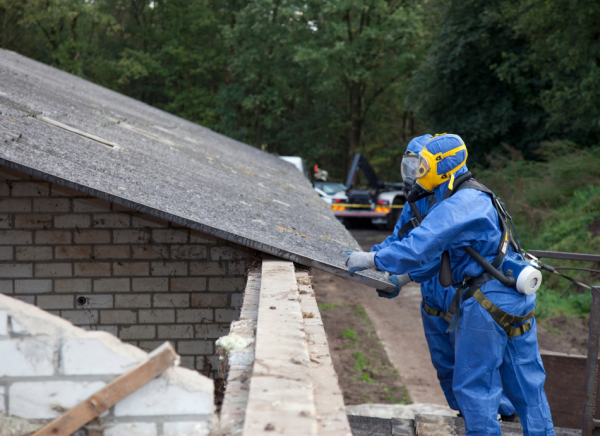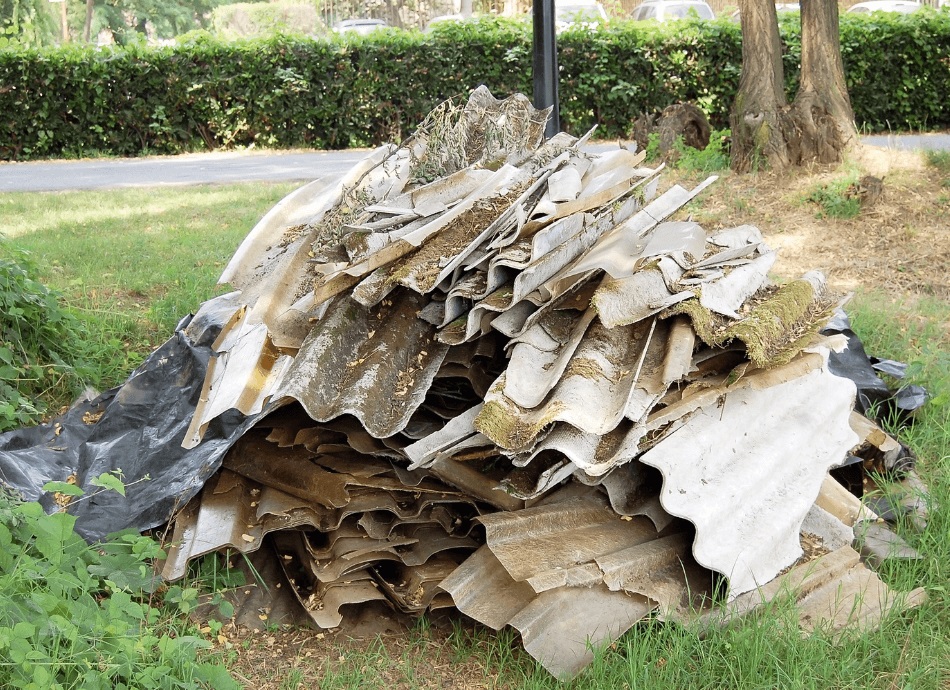Most people who get mesothelioma have been exposed to airborne asbestos fibres or dust particles at some stage in their lives.
Asbestos is a group of naturally occurring minerals that were used in machinery parts and building products. Asbestos is fire resistant and provides good insulation. When products containing asbestos are worn down, the tiny fibres float in the air. When they're breathed in or eaten your body can't break them down or get rid of them. The fibres stay in your body causing scarring and damage which can eventually lead to cancer or other asbestos-related diseases.
To protect workers from this serious disease, there are now strict rules about working with any asbestos-containing materials.

Image credit: Canva
Mesothelioma is a rare cancer. There were 102 new cases in Aotearoa New Zealand in 2017. Most cases of mesothelioma are seen in workers who were exposed to asbestos 10– 50 years earlier, It's usually found in the chest (pleural mesothelioma) especially in older men who have worked in building or manufacturing industries.
Sometimes mesothelioma happens in people who have no known connection to asbestos. This may be due to asbestos fibres on a family member's work clothes.
New Zealand banned imports of raw asbestos in 1984 and the import of all asbestos containing products in 2016.







